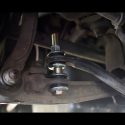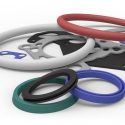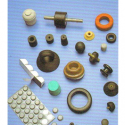Environmental conditions play a significant role in the effectiveness of O-ring performance. The effects of weather on O-rings and the ozone can easily impact the integrity of the seal, leading to failure. Though the doughnut-shaped rings are well-suited for the most demanding jobs, adverse conditions such as extreme heat or cold, degrees of moisture—wet, rainy,… Read more »
The Effects of Weather on Your O-Ring










